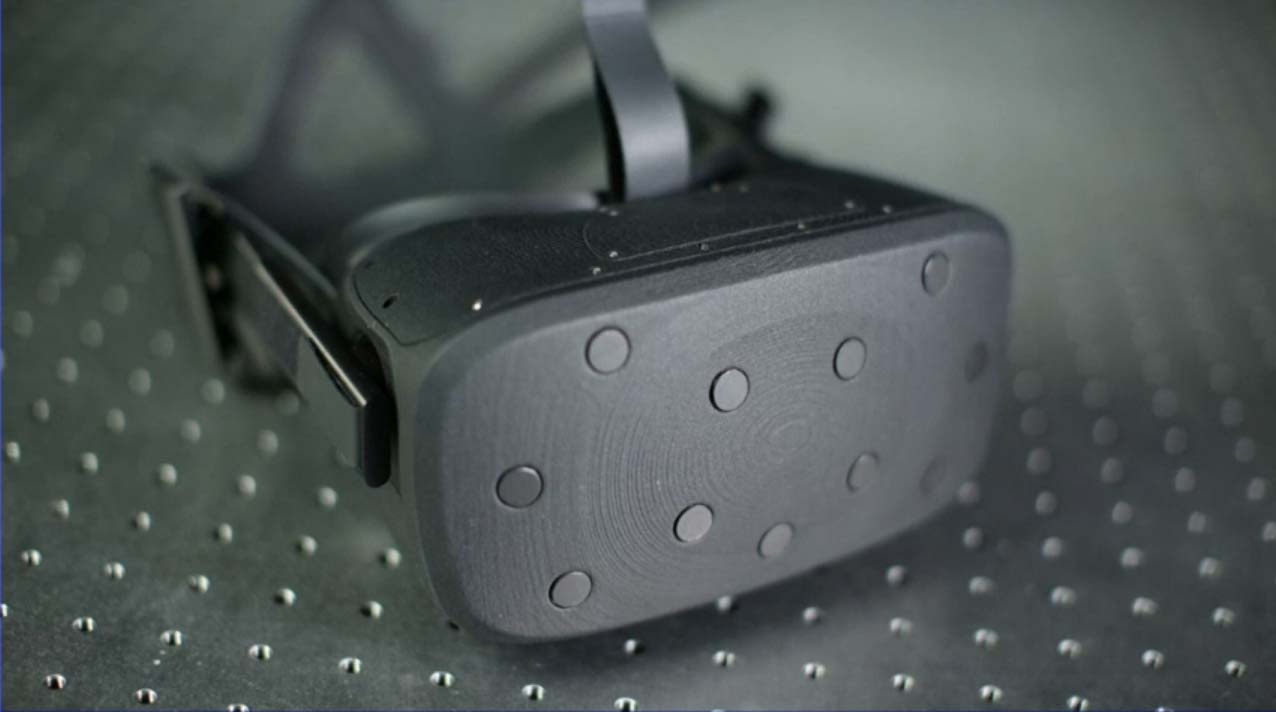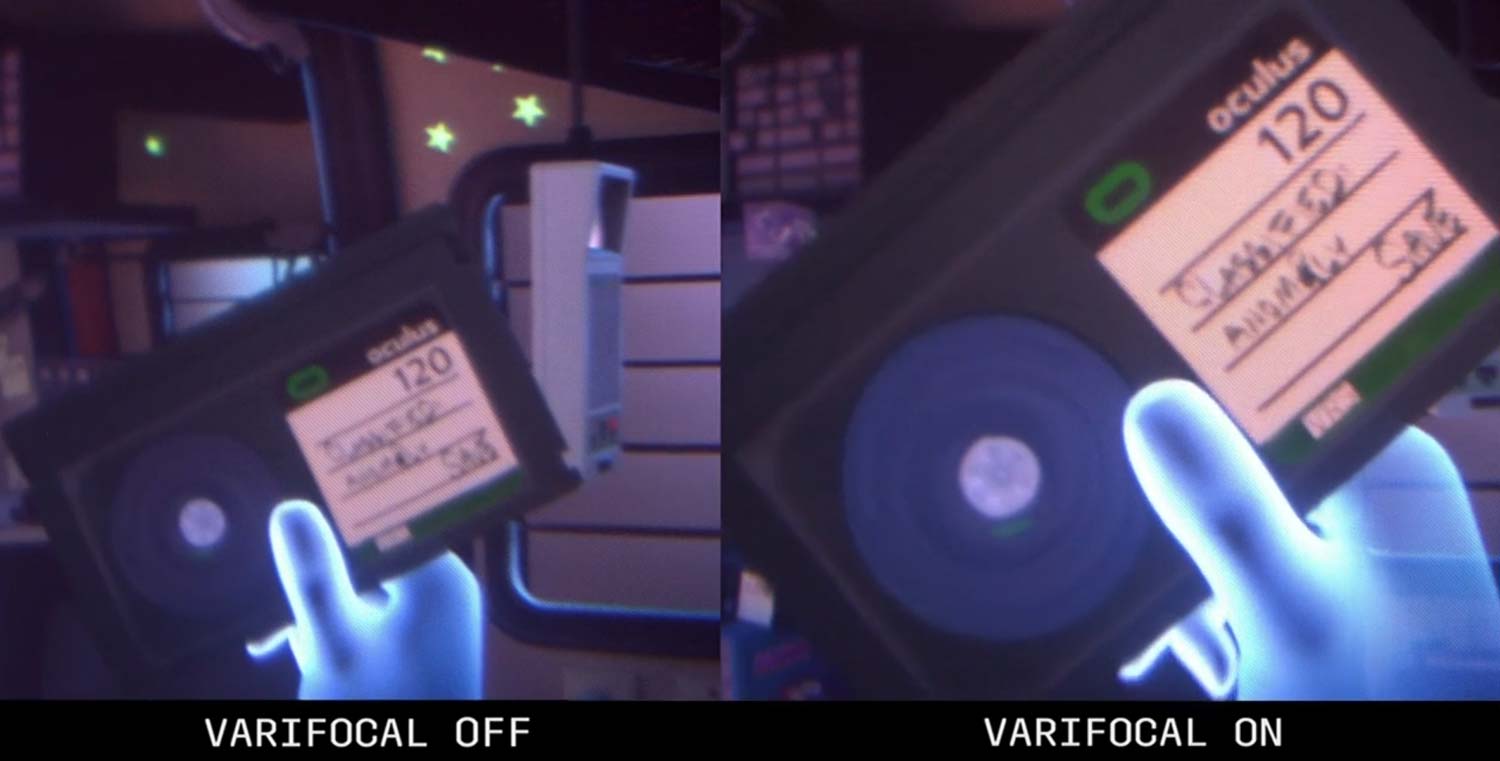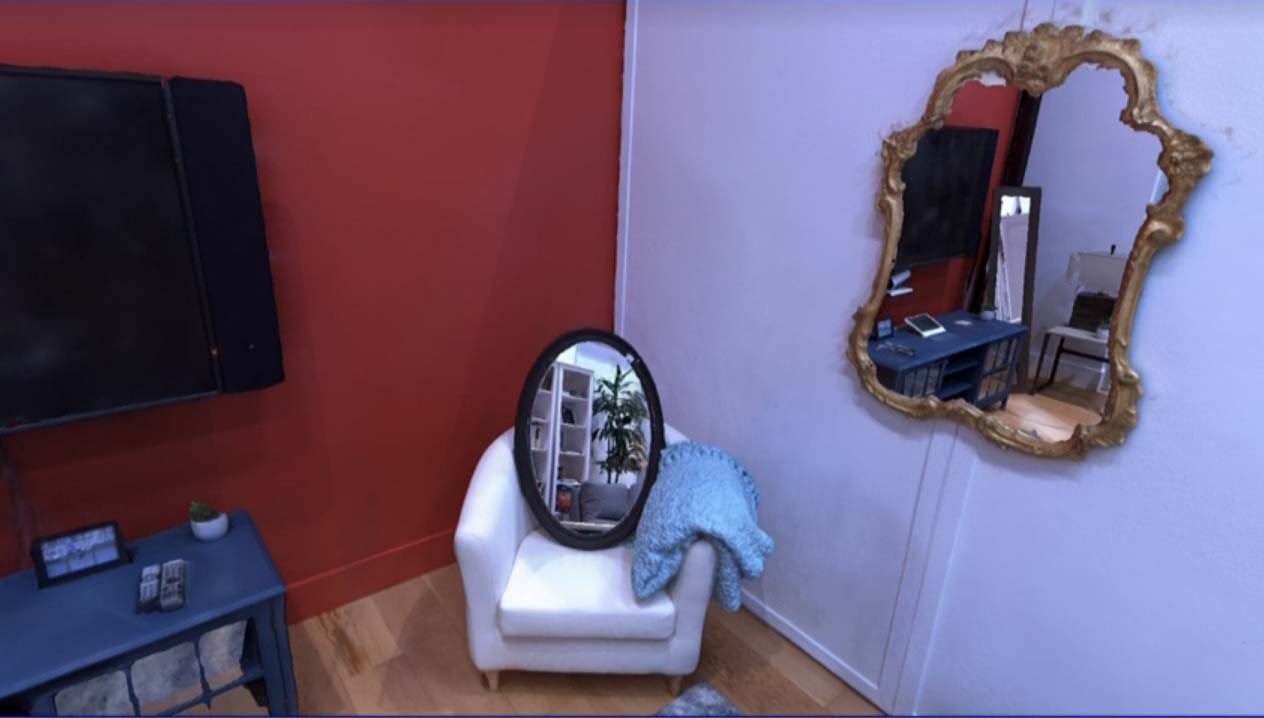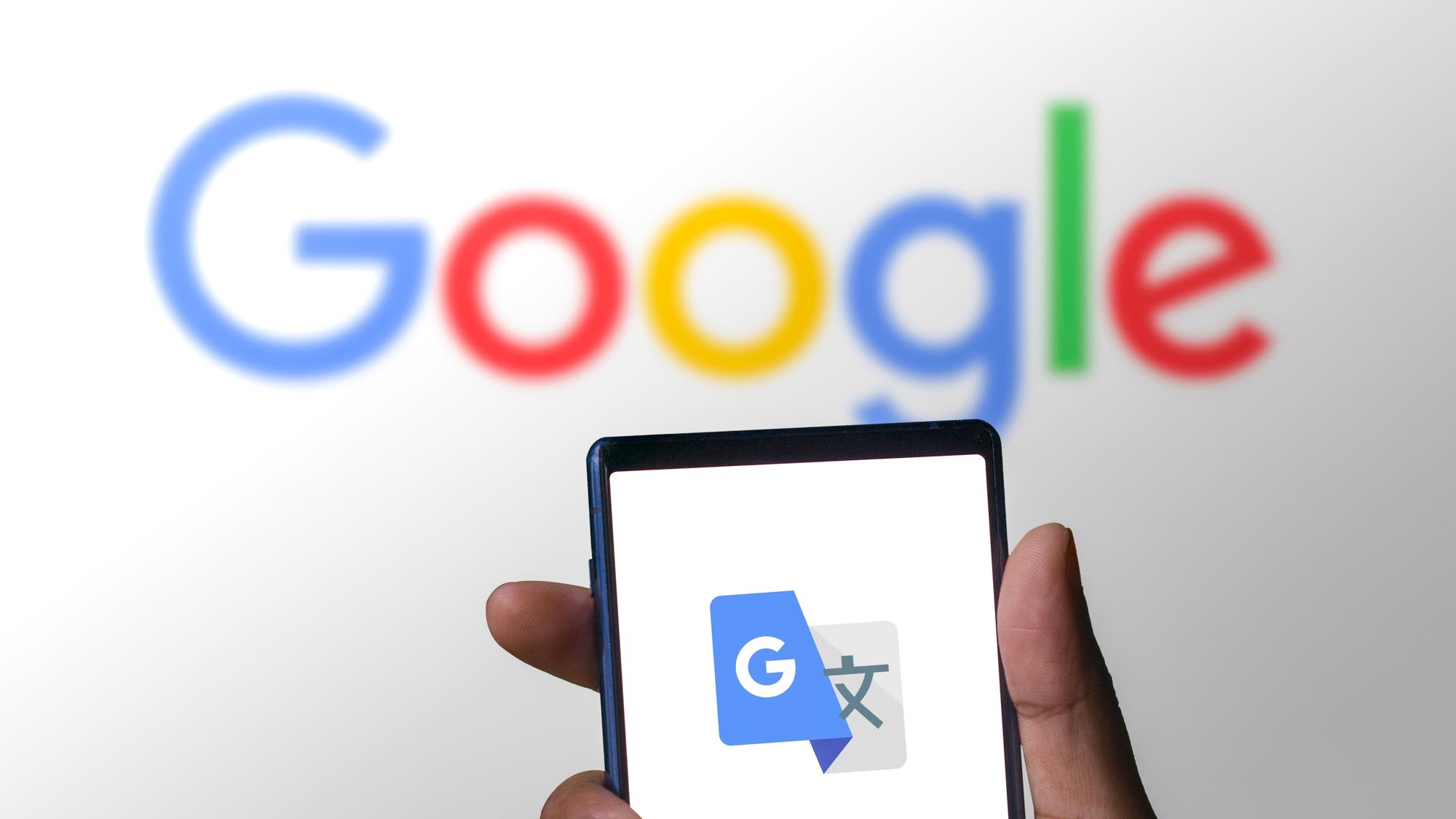Here's a Peek at Oculus' Next VR Headset
The Half Dome headset uses varifocal lenses that adjust so that close-up objects appear in focus. It also increases the field of view to 140 degrees.
SAN JOSE — The new Oculus Go is now available, letting you dive into virtual reality without any wires, and Oculus's Project Santa Cruz promises to deliver a PC-powered counterpart to make VR even more mobile. So what does Oculus tackle next?
The VR headset maker offered a clue at the F8 developer conference for its parent company Facebook, showing off a headset prototype called Half Dome that it's designing to tackle some of the limitations of current hardware.

During a presentation on Oculus's future VR efforts, head of product management, Maria Fernandez Guajardo, pinpointed two issues that detract from the realistic feel of VR headsets — close-up objects like notes often appear blurry and many headsets have a field of view that's dramatically restricted from what people see in the real world.
To tackle that first problem, the Half Dome headset incorporates moving displays. That way when something's close to you, the varifocal adjust to bring close-up objects into focus.

Oculus engineers are optimized the mechanical design of Half Dome, Fernandez Guajardo said, so that anyone wearing the headset won't hear any noise as the varifocal displays make their adjustments. Even with the moving screens, the Half Dome headset's form factor and weight are the same as current headsets.
As for field of view, Half Dome promises a 140-degree field of view. That's not quite the 200 to 210-degree FOV we have in the real world, but it's an improvement upon the 100-degree FOV that's typical of today's headsets. "You can see the difference," Fernandez Guajardo told F8 attendees today (May 2).
MORE: Best VR Headsets
Get instant access to breaking news, the hottest reviews, great deals and helpful tips.
Half Dome is certain to garner a lot of attention, but it's not the only VR technology Oculus and Facebook touted on the second day of the F8 developer conference. Fernandez Guajardo showed off improvements in 3D reconstruction, showing footage of a real room alongside a VR recreation of that same room. The two scenes were so similar, the only way to tell the difference was when the photographer's foot momentarily dipped into the frame of the real room.
One of the most impressive things about that demo is that the 3D scan of the room can now properly show reflections in the mirror, thanks to improvements in surface detection. Looking into a virtual mirror and seeing things reflected back like they would be in the real world helps make VR more believable, Fernandez Guajardo said.

In addition to 3D reconstruction, Oculus showed off ways to better experience and share VR content. One demo was a repeat from the first day of F8, in which Point Cloud technology could take a series of photos shot in the same room and use artificial intelligence to recreate a pointillistic view of that room for a more immersive viewing experience. Another demo took images shot by a phone with dual rear cameras and stitched them together to create a 3D panorama.
There's no word from Oculus on when Half Dome will be ready for prime time.
Philip Michaels is a Managing Editor at Tom's Guide. He's been covering personal technology since 1999 and was in the building when Steve Jobs showed off the iPhone for the first time. He's been evaluating smartphones since that first iPhone debuted in 2007, and he's been following phone carriers and smartphone plans since 2015. He has strong opinions about Apple, the Oakland Athletics, old movies and proper butchery techniques. Follow him at @PhilipMichaels.

